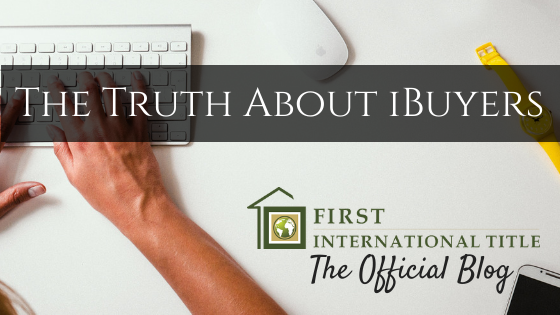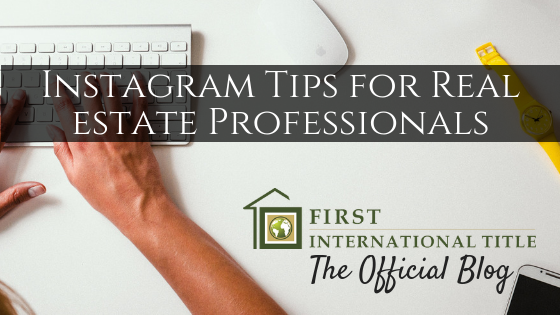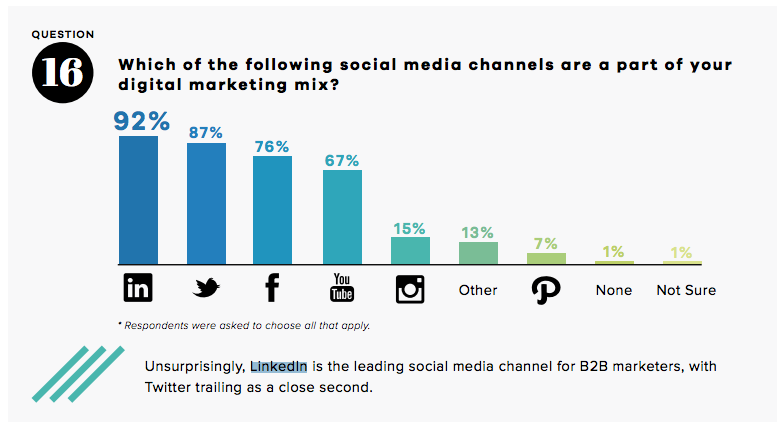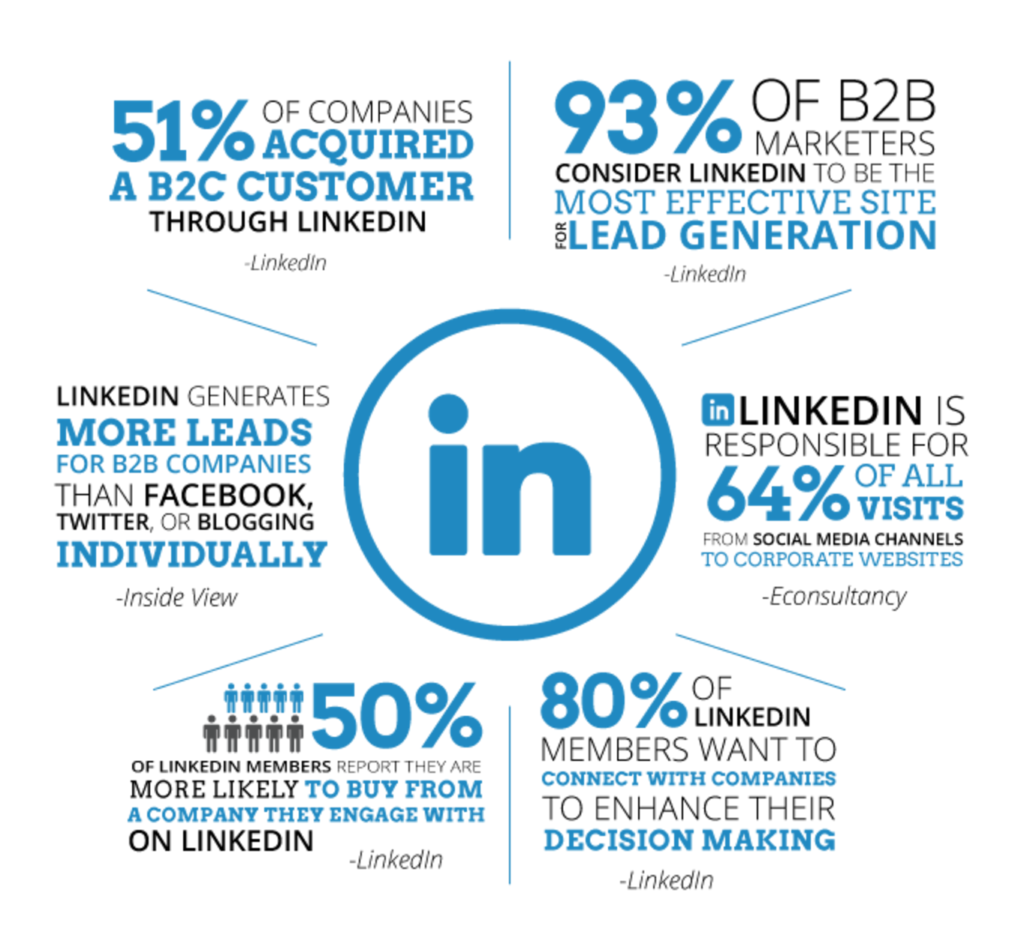The Truth About iBuyers
Anyone who has been in the real estate industry for more than 3 years will tell you how much it has changed. Specifically, the rise of iBuying has dramatically increased over the last couple of years. Real estate professionals, especially agents, need to understand iBuyers and be mindful of them daily as more and more home owners are turning to their laptops to sell their homes instead of calling on a real estate agent.
What are iBuyers?
Every iBuying company is different, but generally put, an online company will offer about 90 percent of the market value for a home and pay cash immediately to the home owner and then take on the responsibility of renovating it, if needed, and re-selling it. This allows the sellers to move out as soon as they’d like with no open houses, no appraisals, no showings, etc. Because of this, however, these companies will typically tackle on at least a 7 percent “convenience fee” and then another $5,000-10,000 in repairs done on the house.
The biggest, most common iBuyers are Opendoor, Knock, Zillow, HomeLight, Perch, Redfin, and EasyKnock. But more similar companies emerge every single month and DFW is one of the first markets these companies are hitting.
An article from The Balance summed it up, “In most cases, iBuyers take the properties they purchase, fix them up, and eventually list them on the open market or sell them to investors at a profit.”
However, every market is different and not all markets have iBuyers. For example, Door.com is only offered in Dallas, Houston, Miami, Denver, Los Angeles, and Austin.
Why do consumers gravitate towards them?
One word: convenience. We are in the Amazon generation. Consumers are getting accustomed to the advantage of going online to shop and having their products shipped directly to their door just within a couple of days.
It’s simple, really. The average person will spend a little bit more money for something that is high quality and convenient! Convenience trumps price.
This idea is not only affecting the real estate market, but many aspects of American purchasing experiences. Fast-casual restaurants are commonplace. Online car shopping, such as Carvana, is popular. Americans, especially millennials, are used to searching and having answers to their questions within minutes. This makes it difficult for a real estate agent, a real human being with families and responsibilities and vacations, to keep up with the immediacy of it all.
How is it impacting
the real estate industry?
It’s growing quickly.
According to an article by Housing Wire, the iBuyer market has grown by 25 percent every year for the last four years. “In fact, Zillow’s second quarter earnings released [in August 2019] revealed that nearly 40% of its $600 million quarterly revenue came from its iBuying business, Zillow Offers” the article stated.
“According to ATTOM Data Solutions, nearly 10% of Opendoor and Offerpad sales came from bulk investors in 2018,” stated The Balance. “In cities like Phoenix, the two accounted for 4% of all real estate sales in the city in 2018 — a 1.5% jump over 2017. It just goes to show that for today’s consumers, convenience and technology reign supreme.”
What do these numbers mean? It means iBuyers are taking money out of the pockets of the traditional real estate agents. These are home owners that went online to sell their home rather than call their REALTOR®.
However, iBuying is still fairly new and continues to being tested in markets like Dallas. Matt Templeton reminds us that “Ironically, iBuyers have yet to create profitable business models. This is because they fall into the ‘technology disruption’ game that is currently getting a pass on profit in lieu of building new business models, acquiring new data, and creating whole new industries.”
What does this mean for REALTORS®?
It simply means that real estate agents need to be aware of what’s happening. This is not the time to stick your head in the sand and cross your fingers that it’ll be over soon. Continue to educate yourself on iBuyers, how they operate, and how they will continue to impact your market.
The good news is that consumers still prefer a real, breathing human being rather than a bot. “This is likely because a real human with a fiduciary responsibility to help the homeowner get the most money in the shortest amount of time still matters to most of us,” Templeton wrote.
Be available for your clients. That’s not to say you can’t have down time without answering your phone, but set the correct expectations with your clients by letting them know you received their call or message and will get back to them as soon as you’re available. Most consumers appreciate a response, even if it’s not an answer to their question, rather than plain silence.
Focus on and hone in your digital marketing. Ensure your brand is consistent across all mediums: social media accounts, your website, and your printed marketing materials.
Provide valuable information online via VIDEO. However that looks is different for every agent, but it needs to be done. Again, consumers want easy-to-digest information fast. When they’re searching the web at 10:00 on a Tuesday night, and you have already published 3 videos giving information about the exact community they’re looking in, you better believe they’re going to give you a call.
Another thing to consider is to get out ahead of the curve. Many iBuyers are not simply attempting to replace all real estate agents. Many of them still hire agents and give them commissions on the transactions. For example, Opendoor has opportunities for agents to join their team.
As the real estate industry continues to evolve, it’s crucial to have valuable real estate partners who are in your corner to support you. If you don’t already have a title company that does this and more, reach out to your local First International Title rep today and see how we can make an impact in your business!







